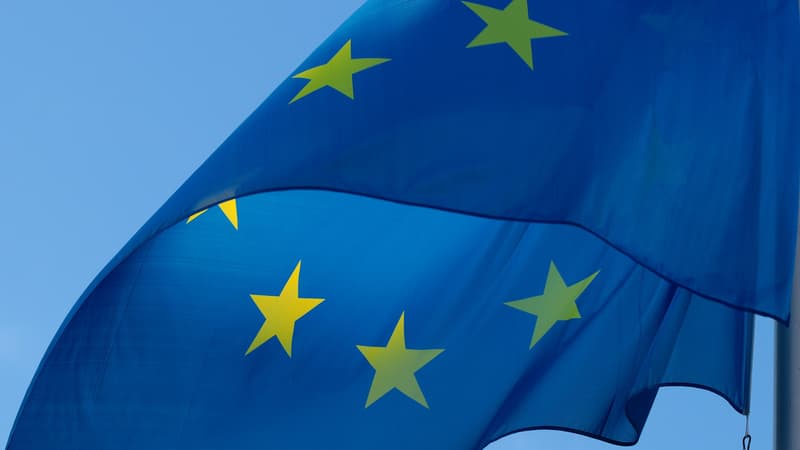The bet stands. The consumption of natural gas in the European Union fell by 19.3% between August 2022 and January 2023 compared to the average of the last five years in the same period, according to Eurostat. A setback that goes well beyond the objective that the 27 Member States had set themselves.
In response to the war in Ukraine and anticipating disruptions to Russian gas supplies, the European Commission presented a plan last July calling on each country to do “everything possible” to reduce its gas consumption between August 2022 and March 2023. gas by at least 15% compared to the average of the last five years. To achieve this, each of the States was invited to take “voluntary reduction measures”.
Although Eurostat does not give the reasons for the drop in gas consumption observed in recent months, it is mainly explained by the mildness of autumn and winter, the rise in energy prices, but also by the efforts of households and companies from all over the world. the sectors.
A drop of 17% in France
However, some countries have managed to do better than others. In particular, Finland, Lithuania and Sweden, which reduced their gas consumption by 57.3%, 47.9% and 40.2%, respectively. Conversely, Malta and Slovakia saw their gas demand increase by 12.1 and 4.6%, while Ireland saw its demand stagnant (-0.3%).
For their part, Spain (-13.7%), Slovenia (-14.2%) and Poland (-14.9%) also failed to reach the target set but are still on their way to getting closer. All other EU countries have managed to reduce their gas consumption by at least 15%, including France (-17%).
Overall, EU natural gas consumption has been consistently below the five-year average since January 2022, even before the 15% reduction target was set, according to Eurostat.
If we look at the evolution month by month, the strongest fall was registered in November (-25%), in October (-24.7%) and then in January 2023 (-22.1%).
Source: BFM TV


